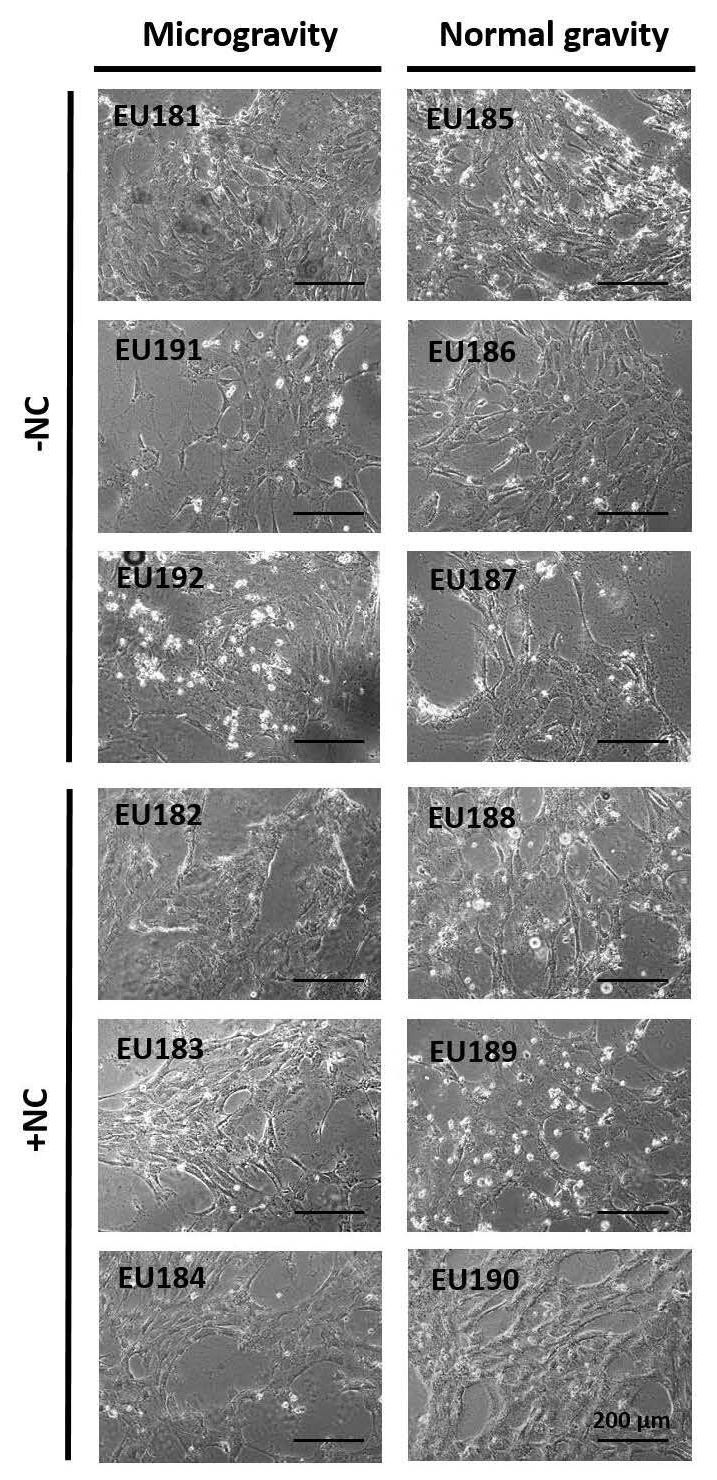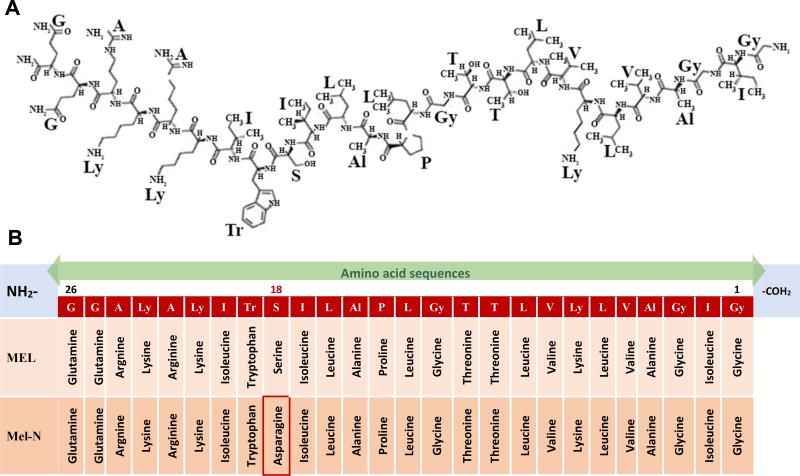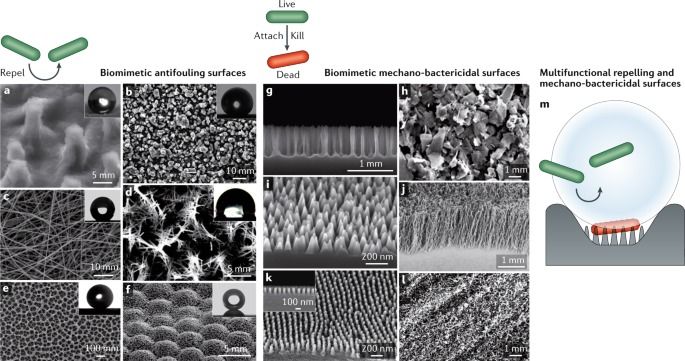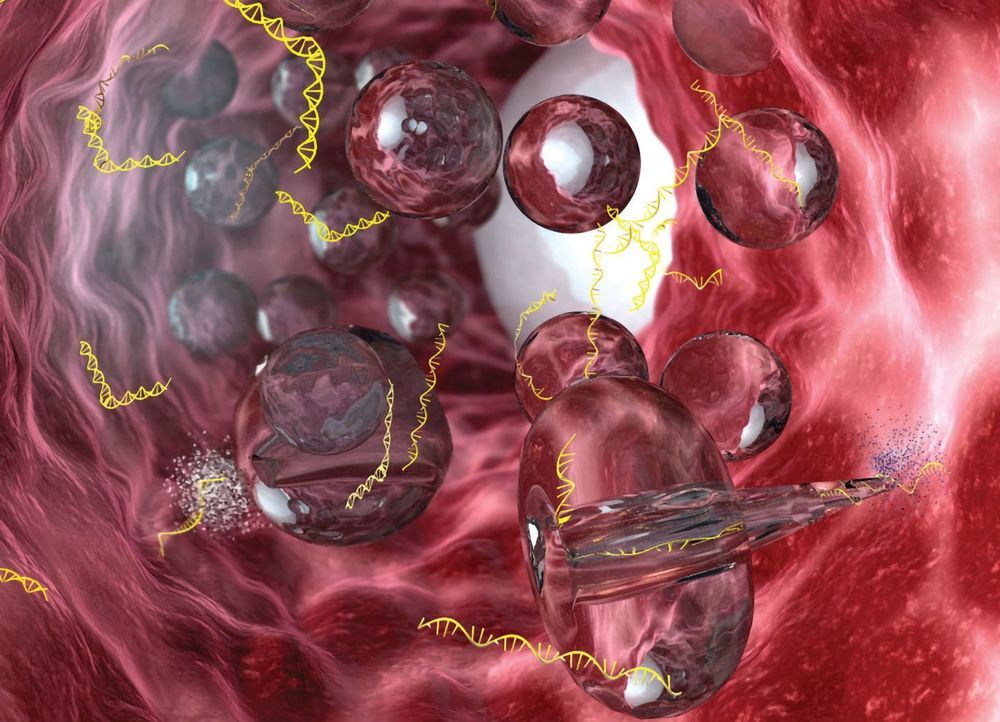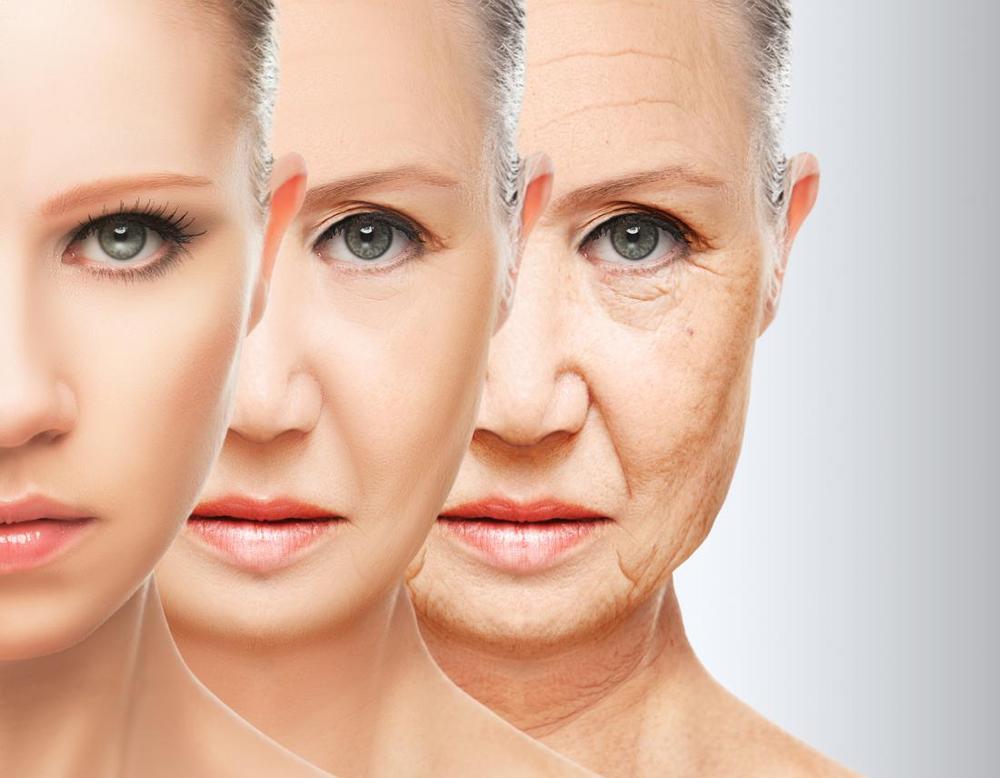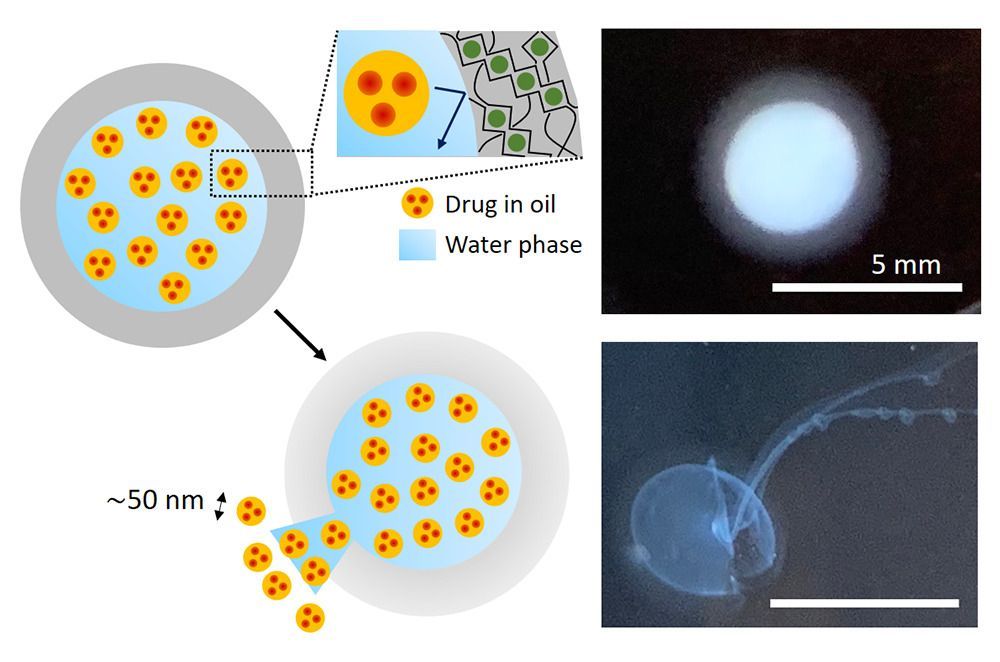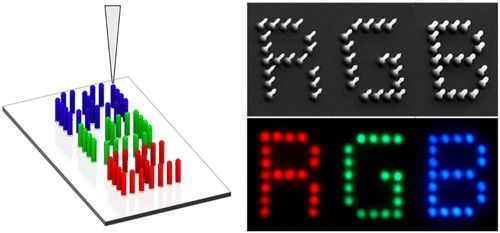Sep 4, 2020
Nano particles for healthy tissue
Posted by Kevin Huang in categories: biotech/medical, life extension, nanotechnology
“Eat your vitamins” might be replaced with “ingest your ceramic nano-particles” in the future as space research is giving more weight to the idea that nanoscopic particles could help protect cells from common causes of damage.
Oxidative stress occurs in our bodies when cells lose the natural balance of electrons in the molecules that we are made of. This is a common and constant occurrence that is part of our metabolism but also plays a role in the aging process and several pathological conditions, such as heart failure, muscle atrophy and Parkinson’s disease.
The best advice for keeping your body in balance and avoiding oxidative stress is still to have a healthy diet and eat enough vitamins, but nanoparticles are showing promising results in keeping cells in shape.
